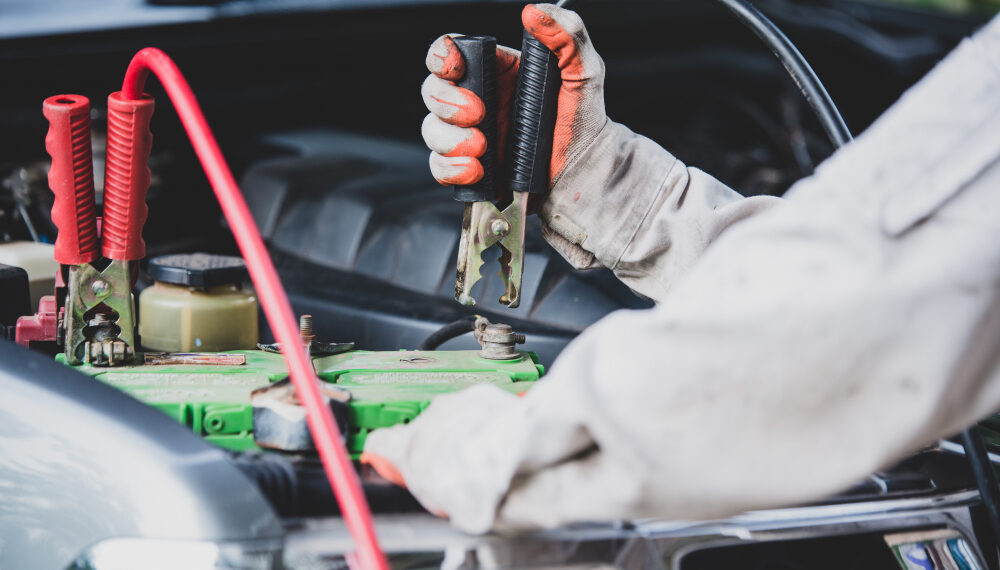Emergencies involving dead car batteries are usually very frightening. There might not be anyone nearby, and cell service could be bad. Finding out what steps to take following a crash may protect you and help you get back on the road. Here are steps that can help:
1. Stay Calm and Assess the Situation
First, get yourself to a safe space and relax. Put on your hazard lights on the highway to signal to others what’s happening. If you can, move the car to a safer place.
2. Try to Restart or Seek Help
See if the key will turn or if another press of the start button helps. A battery that turns on the engine normally, but one that doesn’t, means the battery is probably dead. You can call a car battery replacement expert in Australia to help you replace your battery with a new one.
3. Check for Signs of Battery Trouble
Take a look at the battery under the bonnet. Loosened or corroded connectors may be why your motor isn’t working properly. Clean the battery terminals softly or tighten the cables with your tools.
4. Search for Nearby Services
Find car battery Liverpool services online if you live in a town or a suburb. Some local shops have roadside assistance and can reach you in less than an hour. Use the phone’s map application or check local business listings to get in touch.
5. Keep an Emergency Kit
A small emergency kit should be in every car. With it, you will be safe and comfortable until the assistance team comes. The right kit must include the following:
- A set of jumper cables or a jump starter
- Flashlight and additional batteries
- Water and a blanket
- First aid box
- Extra phone charger
6. Ask for a Jumpstart
If another person stops for you, you could request a jumpstart. Do not connect the jumper cables until the batteries are off in both vehicles. The positive ends need red leads, and the negative ends need black leads attached to a safe metal part linked to the dead car, except the battery itself.
7. Use a Portable Jump Starter
Having a portable jump starter in your vehicle is very helpful. Most people don’t need another car, and many models are easy to deal with. So, recharge the battery as required and follow the given instructions.
8. Stay Safe as You Wait
If possible, keep yourself inside the vehicle while you wait. Secure the doors and leave a small window gap to let in some air. Never stand beside the road, especially during the night or in bad weather.
9. Avoid Future Battery Issues
Get your battery tested every six months to be better prepared next time. Too cold weather, short trips, and ageing can all reduce a battery’s performance. Batteries typically last 3 to 5 years, so it’s a good idea to arrange for a replacement in advance.
In conclusion, running out of power in an isolated area can be devastating, but it is still manageable. In such a situation, the advice is to be calm, ask for assistance, and use tools when it’s necessary. Also, with the right steps, you’ll have your car running again.
